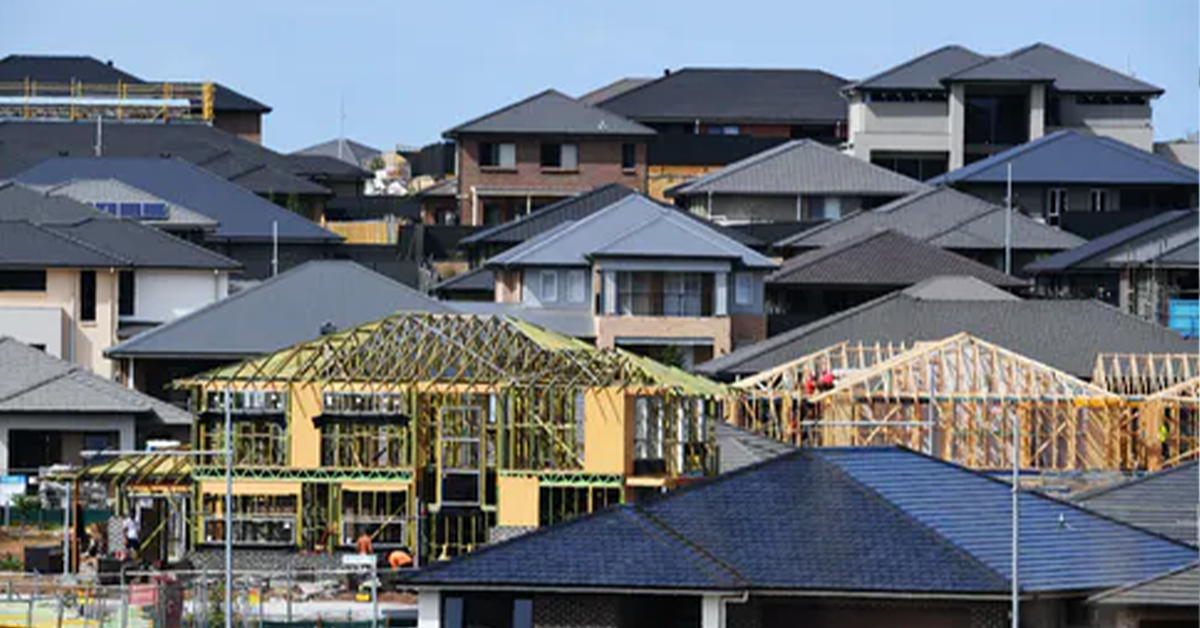- No products in the cart.


Contrary to Labor’s claims, its policies on negative gearing and capital gains tax will not increase the supply of new housing or create new jobs in the building industry according to new independent economic modelling commissioned by Master Builders Australia.
According to modelling prepared by Cadence Economics if Labor’s policies are implemented it will mean:
- Up to 42,000 less new dwellings being built across the country.
- Up to 32,000 less full time jobs.
- Up to $11.8 billion less building activity
- Up to $210 million less renovation building activity
“Labor’s policies on negative gearing and CGT fails its own test,” Denita Wawn, CEO of Master Builders Australia said.
“Master Builders calls on the ALP to rethink their policies in the light of this new research and a changed housing market. Australia cannot afford for housing supply, building activity and employment to go backwards,” she said.
“Cadence Economics was commissioned by Master Builders Australia to test Labor’s claims that its policy to restrict negative gearing to investments in new housing and halve the capital gains tax (CGT) discount to 25 per cent all properties will increase the supply of new housing and employment in the building industry,” Denita Wawn said.
The results of the modelling show that within five years of Labor’s property tax policy being implemented the construction of new housing would fall in all states and territories and employment would fall over the same period. “Labor has previously stated their policies would boost new dwelling construction “by thousands of new homes each year.”
“On the other hand independent modelling by Cadence Economics shows that Labor’s policy would mean up to 42,000 fewer new homes would be built over the five years following the implementation of Labor’s policies, resulting in a reduction in the value of residential building activity of between $2.8 billion and $11.8 billion,” Denita Wawn said.
“Home renovations would also be hit by an expected reduction of between $50 million to $210 million in activity over a five year period. Inevitably this would mean a fall in employment which is expected to be between 7,200 and 32,000 less jobs across the country,” she said.
“Finally, the context of Labor’s policies, namely an ‘overheated’ housing market no longer exists bringing into question the need for reforms to curb investor activity,” Denita Wawn said.
Download the Cadence Economics modelling below:

